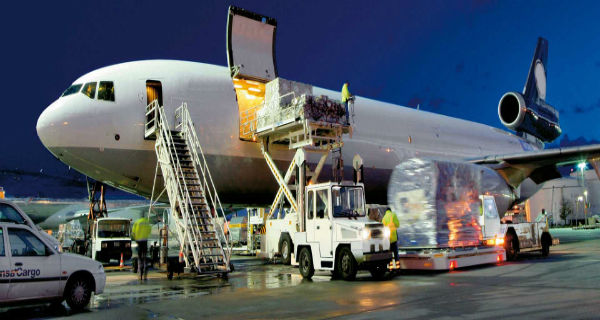FAQs & Tips for Business Aircraft Operations in Kuwait
Kuwait is primarily a business aircraft destination rather than a tech stop. This region is somewhat less strict, in terms of operating requirements and cultural norms, than some other locations in the area. Still, there are operating considerations to keep in mind and issues that have the potential to compromise your trips, without careful advance planning.
The following is an overview of FAQs and Answers:-
1. Airport options in Kuwait.
The Most aircraft services in Kuwait available for General Aviation (GA) is Kuwait Intl (OKBK). OKBK is an airport of entry with full aircraft services . Kuwait’s military airport, OKAJ{ Ahmed Al Jaber Air Base } & OKAS{ Ali Al Salem Air Base}, is not available to GA. The only exception is for diplomatic flights with prior arrangement. While OKBK is seldom used as a tech stop – due to its position in the region and great circle considerations – it makes an excellent alternate or emergency diversion point. For example if you’re an N-registered operator overflying Iran, OKBK should be one of your preferred diversion options.
2. Kuwait overflight and landing permits
Landing permits are needed for all operations to Kuwait. Overflight permits, however, are required only for overflight of the Kuwait landmass. The Civil Aviation Authority (CAA) officially requires 4 days or 96 hours to process landing permits and will seldom approve permits with less than 2 days or 48 hours’ notice. CAA operating hours are Sunday-Thursday, 0800-1300 local time , or 5.00 - 10Zulu time and the office is closed during public holidays. However, it may be possible to arrange urgent permit requests during hours that CAA is closed. When you operate to OKBK, your parking slot must be confirmed prior to a landing permit being approved. CAA will check with the ground handler to ensure you have a parking slot before processing your landing permit.
3. Permit validity/revisions
Permits for Kuwait are valid for the Zulu day. While CAA must be advised of any changes to the schedule, permit revisions are only necessary in certain cases. Some revisions require a revised permit request, while others are notification-only. For example a change in airport of origin requires a new permit number, while a crew or passenger change or a schedule change within the Zulu date are usually a notification-only. Kuwait landing permits are always tied to parking slots. If parking slots are unavailable, your landing permit will be denied.
4. CIQ considerationshe following is an overview of FAQs aTnd Answers:-
Customs, Immigration, and Quarantine (CIQ) is usually cleared within the General Aviation Terminal (GAT). Upon landing, you’ll taxi to the GAT. If you wish to park at the Royal gate, a request needs to be included in your landing permit application, and additional charges are applicable. It’s usually not necessary to have a tow bar onboard as OKBK is well equipped with both towbars and ground support equipment. Crew members should always display valid crew IDs while on the ramp. Be aware that, if you forget something onboard, it can be a somewhat complex process re-gaining access to your aircraft prior to day of departure.
5. Israel flight restrictions
No operation will be permitted to/from Israel. Also, when you land in Kuwait, it’s best to avoid having any Israeli CIQ stamps in either crew or passenger passports.
6. Local business contact requirement
When you apply for a Kuwait landing permit, it’s necessary to provide a local business contact. While a "sponsor letter" is not needed for this country, operators must provide full details of the local business contact in Kuwait. Authorities will contact this source.



